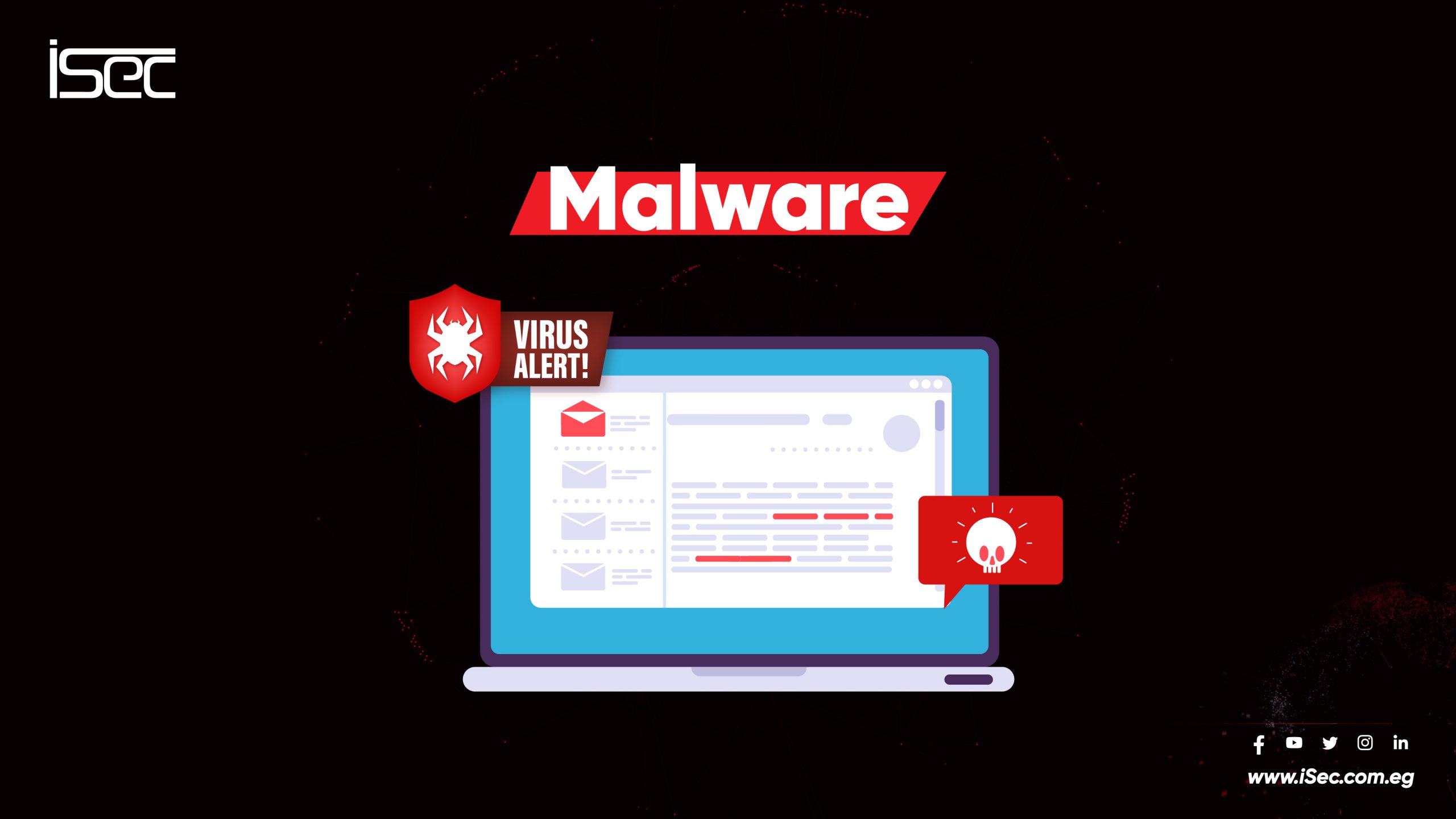
In today’s digital age, cybersecurity has become a critical concern for individuals and organizations alike. One of the most pervasive and damaging threats in this domain is malware. Short for “malicious software,” malware is designed to disrupt, damage, or gain unauthorized access to computer systems. This article delves into what malware is, its various types, its impacts, and how to defend against it.
What Is Malware?
Malware is any software intentionally created to harm, exploit, or otherwise compromise data, devices, or networks. Cybercriminals use malware for a range of activities, including stealing sensitive information, disrupting operations, or generating illicit profits.
Malware can infect systems through various means, such as:
- Phishing emails with malicious attachments or links
- Drive-by downloads from compromised websites
- Infected USB devices
- Software vulnerabilities
Types of Malware
Understanding the types of malware is crucial for effective prevention and mitigation. Here are some common forms:
- Viruses: These attach themselves to legitimate programs or files and spread when executed. They can corrupt files, steal data, or render systems unusable.
- Worms: Unlike viruses, worms are standalone programs that replicate and spread across networks without human interaction. They can rapidly infect multiple systems.
- Trojan Horses: Disguised as legitimate software, Trojans trick users into installing them. Once activated, they can perform malicious activities such as data theft or backdoor creation.
- Ransomware: This type encrypts a victim’s data and demands payment (often in cryptocurrency) for decryption. High-profile attacks on businesses and governments have made ransomware a significant threat.
- Spyware: Designed to secretly monitor user activity, spyware collects sensitive information such as passwords, financial details, or browsing habits.
- Adware: Though less harmful, adware bombards users with unwanted advertisements and can compromise privacy.
- Rootkits: These allow attackers to gain unauthorized access to a system while hiding their presence, making detection and removal challenging.
- Keyloggers: These capture keystrokes, allowing attackers to steal login credentials and other sensitive information.
The Impact of Malware
The consequences of malware attacks can be devastating. They include:
- Data Breaches: Malware can steal sensitive personal or corporate data, leading to financial losses and reputational damage.
- Operational Disruption: Some malware types disable critical systems, causing significant downtime and productivity loss.
- Financial Loss: Costs can include ransom payments, recovery expenses, and regulatory fines.
- Privacy Violations: Malware can expose personal information, putting individuals at risk of identity theft.
- National Security Threats: Advanced malware campaigns can target government systems, infrastructure, or intellectual property.
Defending Against Malware
Preventing and mitigating malware infections requires a multi-layered approach:
- Regular Software Updates: Keeping operating systems and applications up to date helps patch vulnerabilities that malware exploits.
- Reliable Antivirus Software: Invest in trusted antivirus solutions to detect and remove malicious programs.
- Firewalls: Use firewalls to block unauthorized access to your network.
- Email Security: Be cautious of unsolicited emails and avoid clicking on suspicious links or attachments.
- User Education: Train employees and users to recognize phishing attempts and practice safe browsing habits.
- Backup and Recovery Plans: Regularly back up data to recover quickly in the event of an attack.
- Network Segmentation: Isolating critical systems can prevent malware from spreading across your network.
- Endpoint Detection and Response (EDR): Use advanced tools to monitor, detect, and respond to threats in real time.
Conclusion
Malware is an ever-evolving threat that demands constant vigilance and proactive measures. By understanding its forms and impacts and adopting robust security practices, individuals and organizations can significantly reduce their risk of falling victim to malware attacks. In the battle against cyber threats, awareness and preparedness are your most potent defenses.



